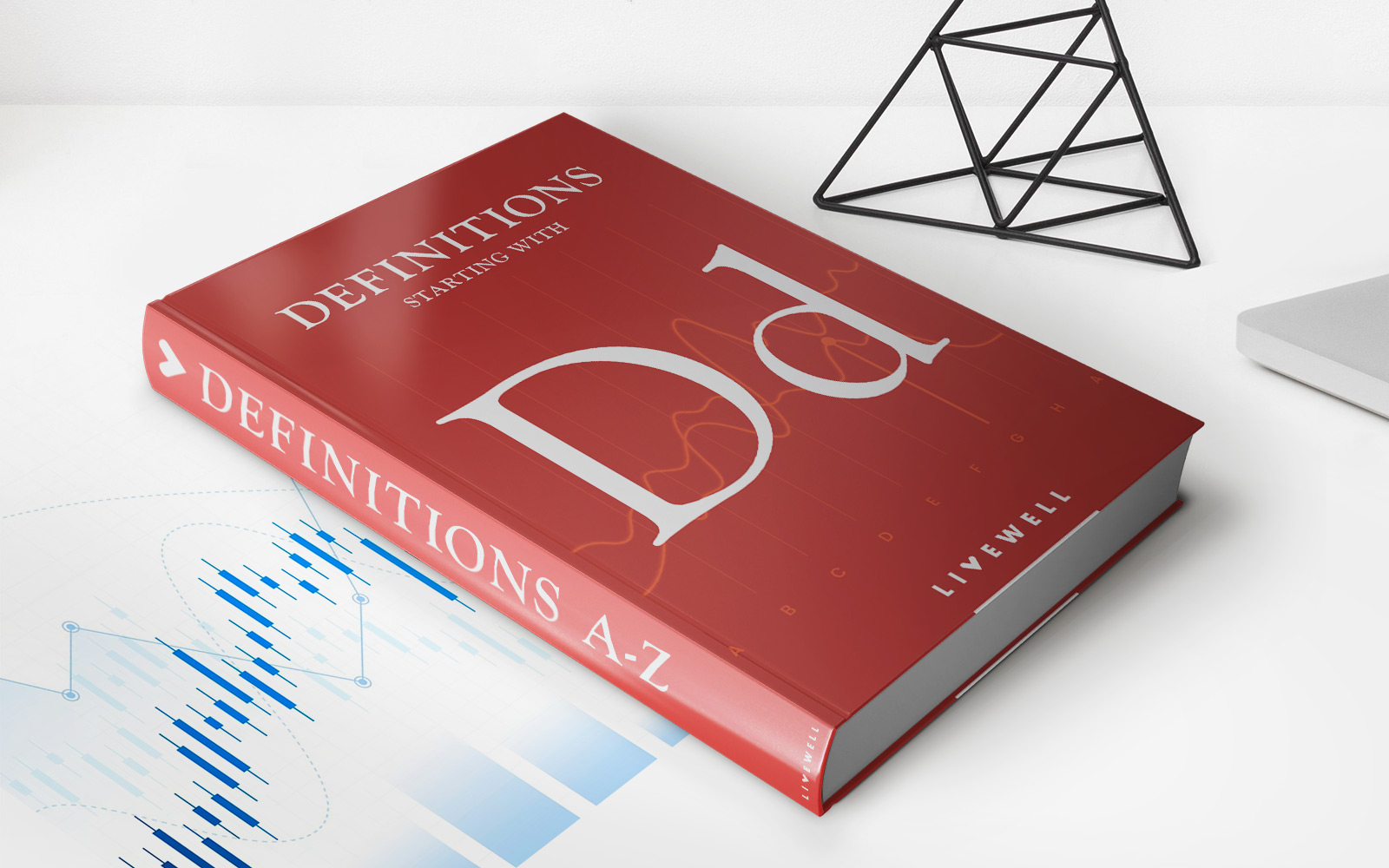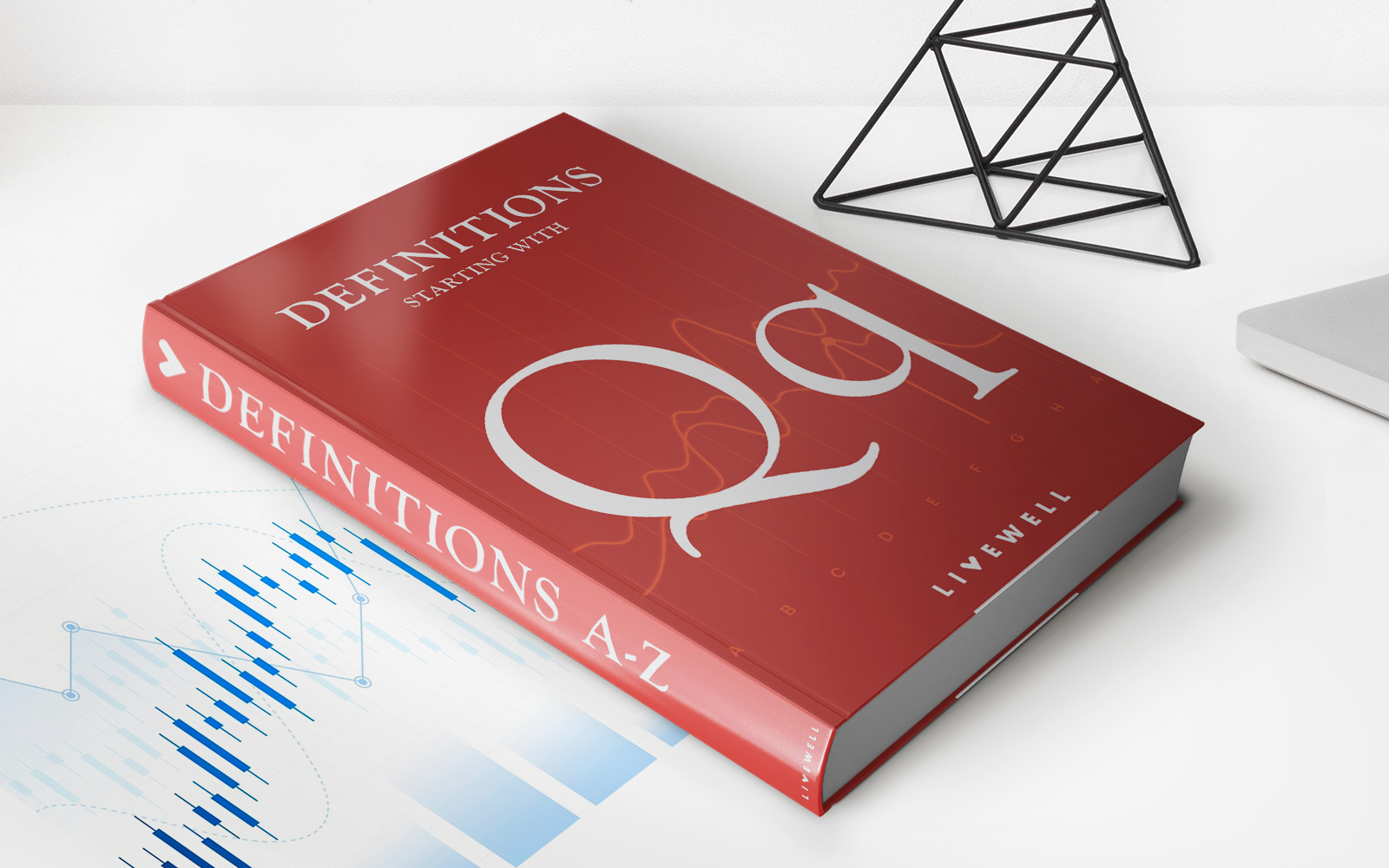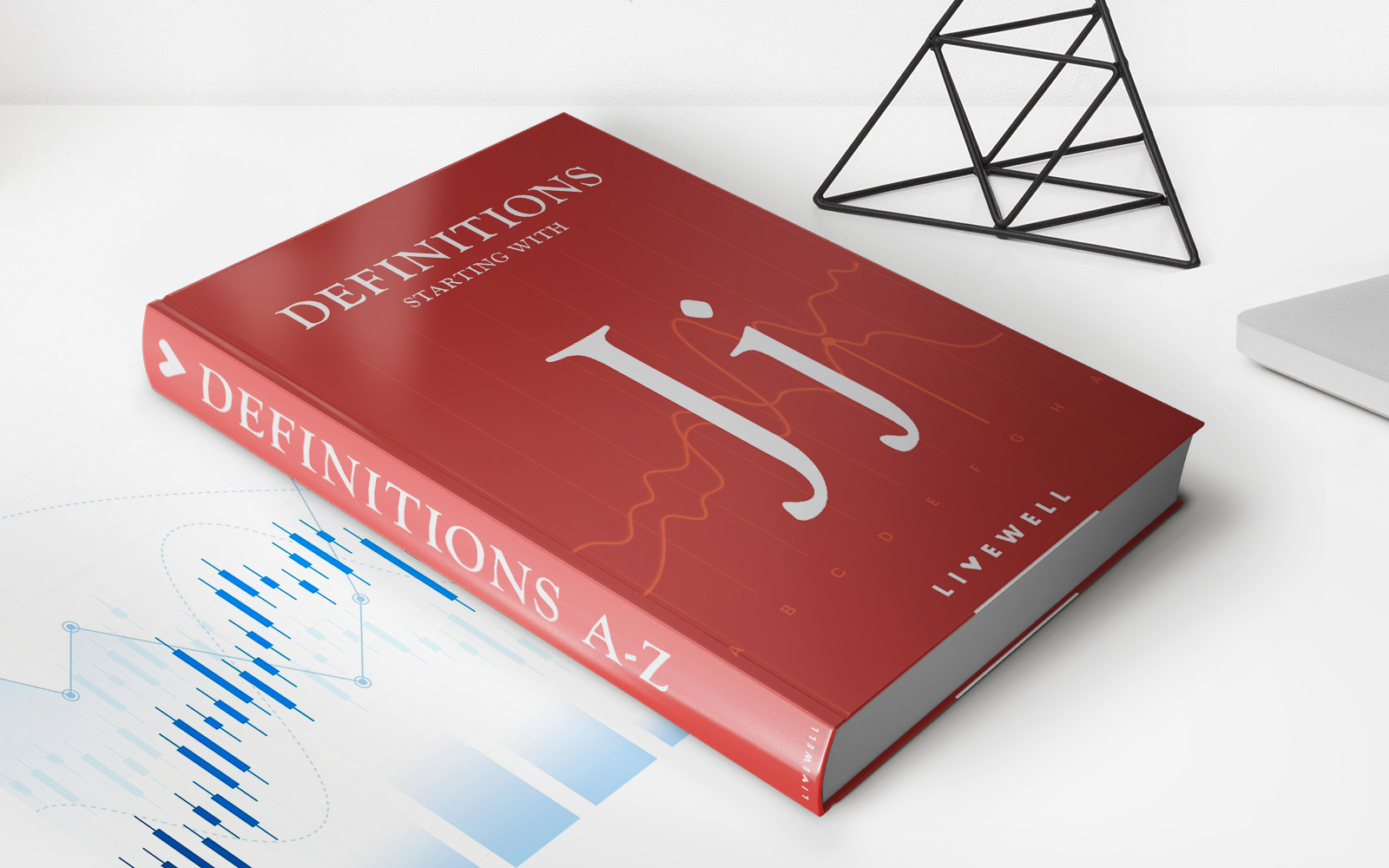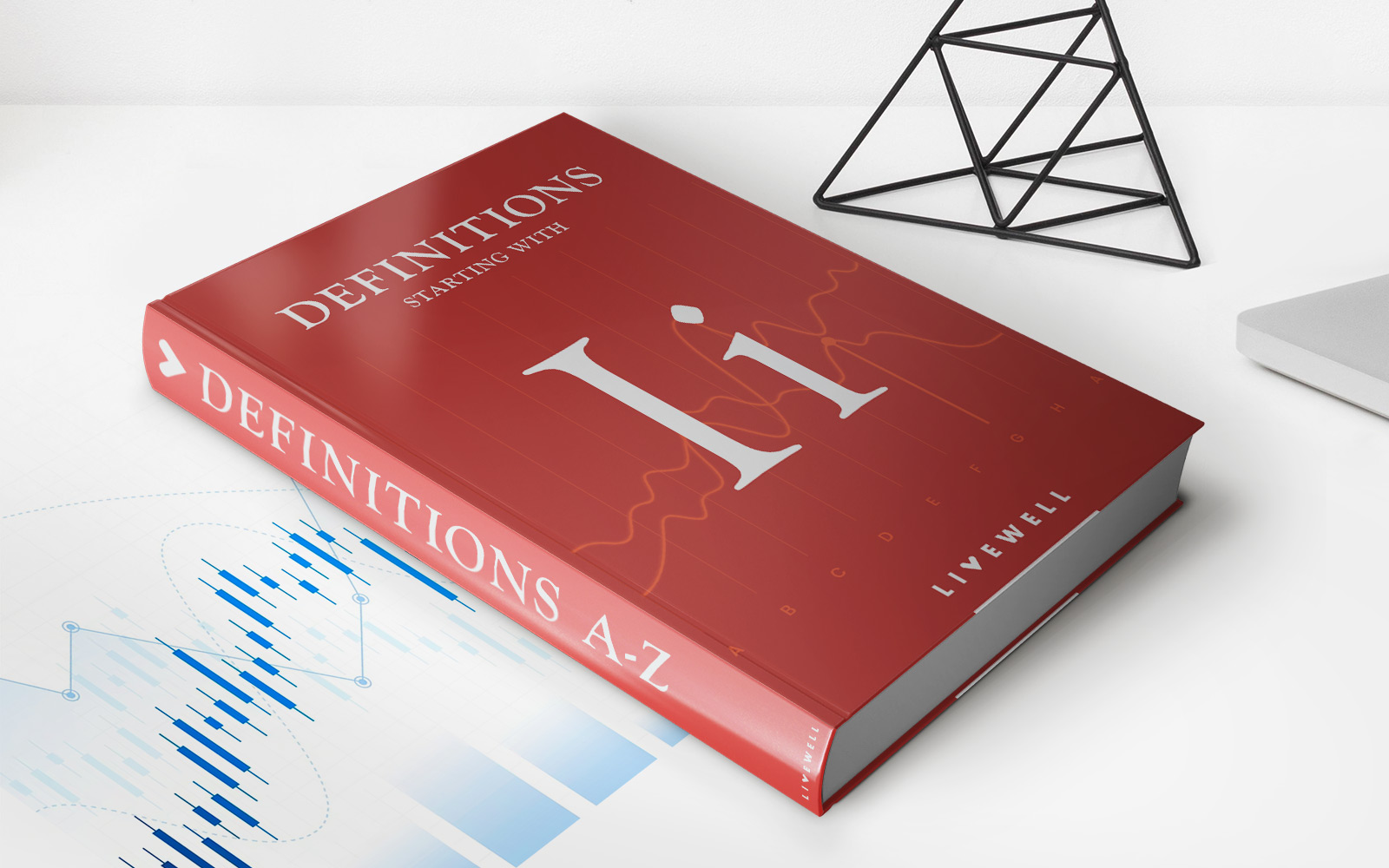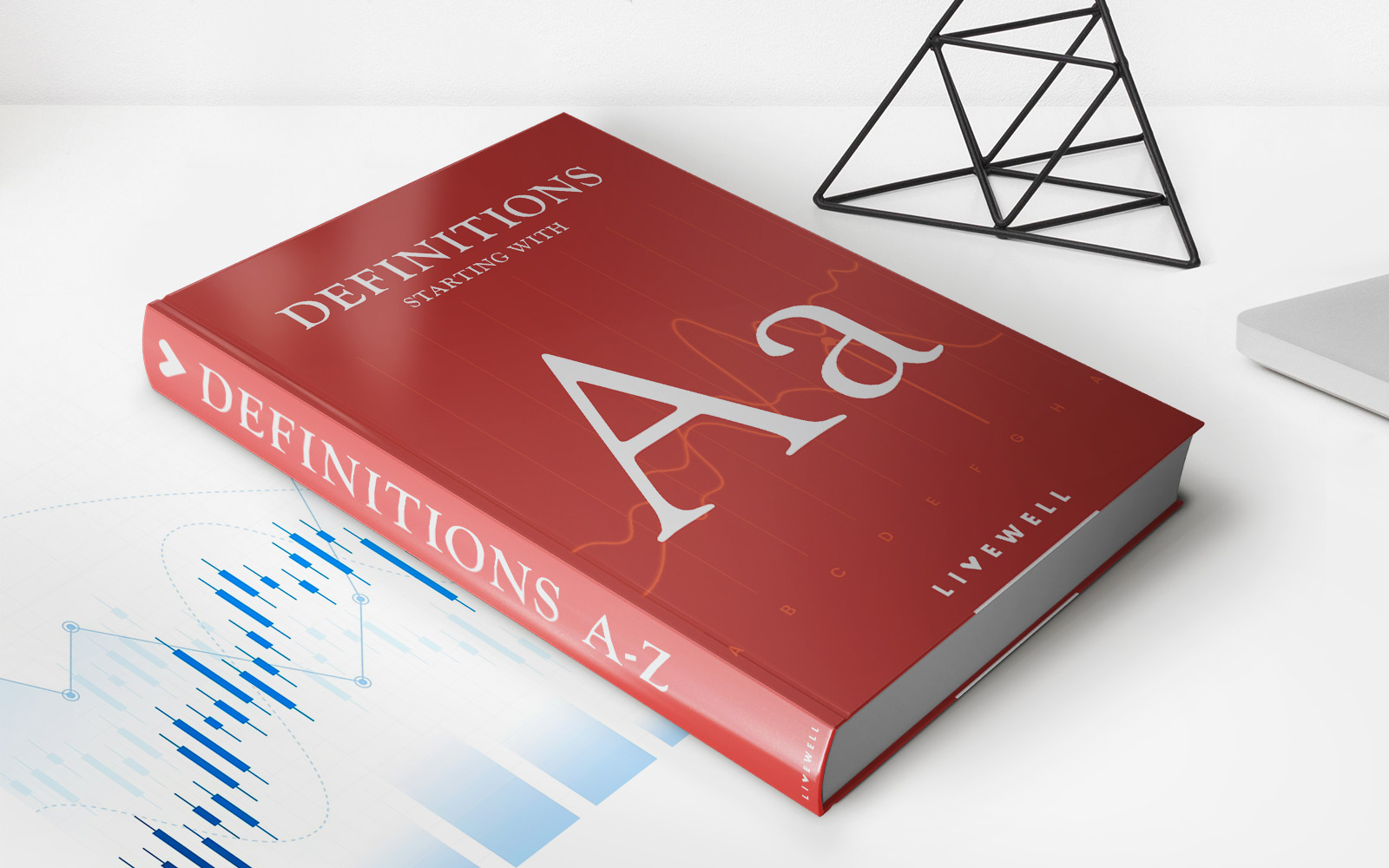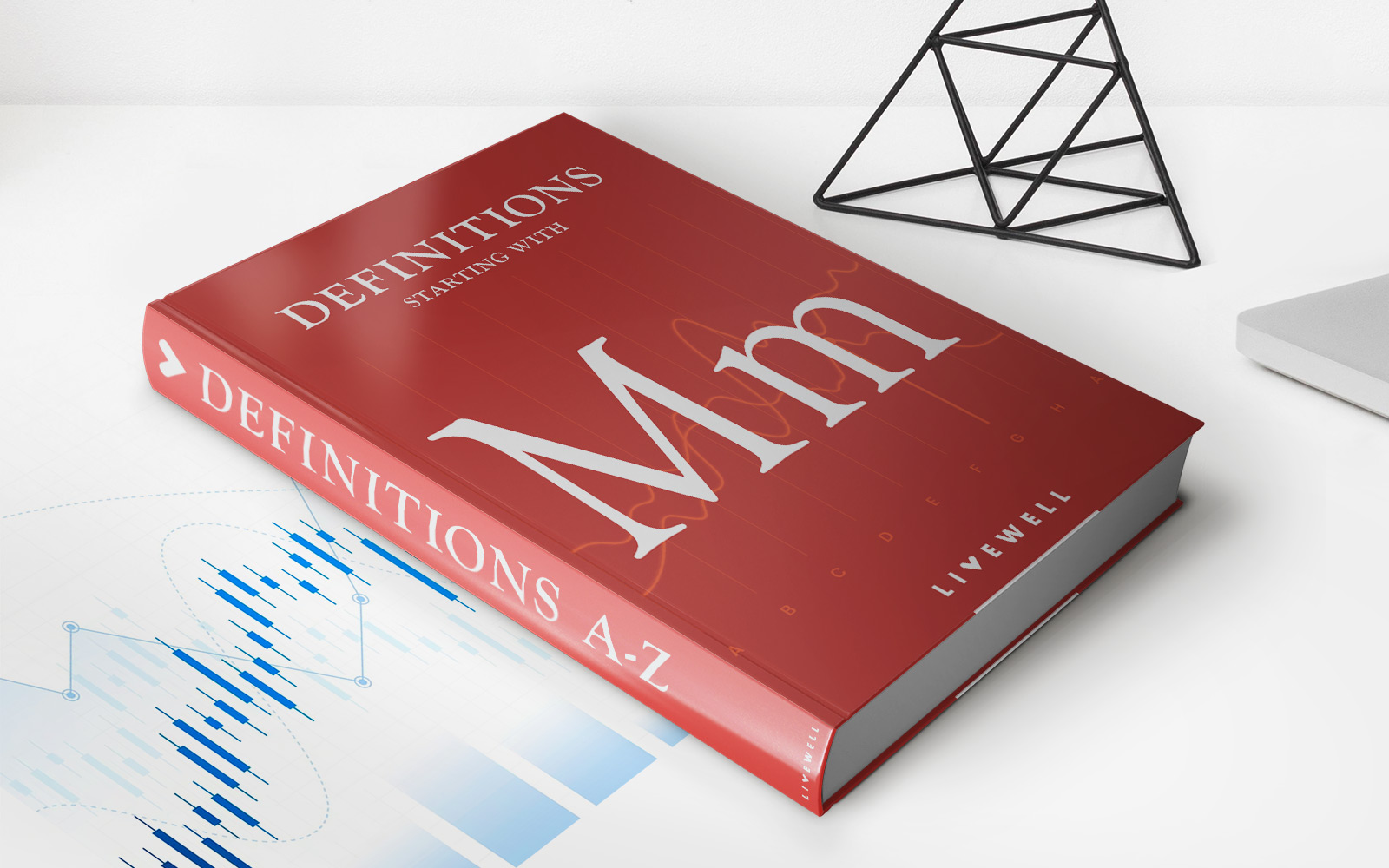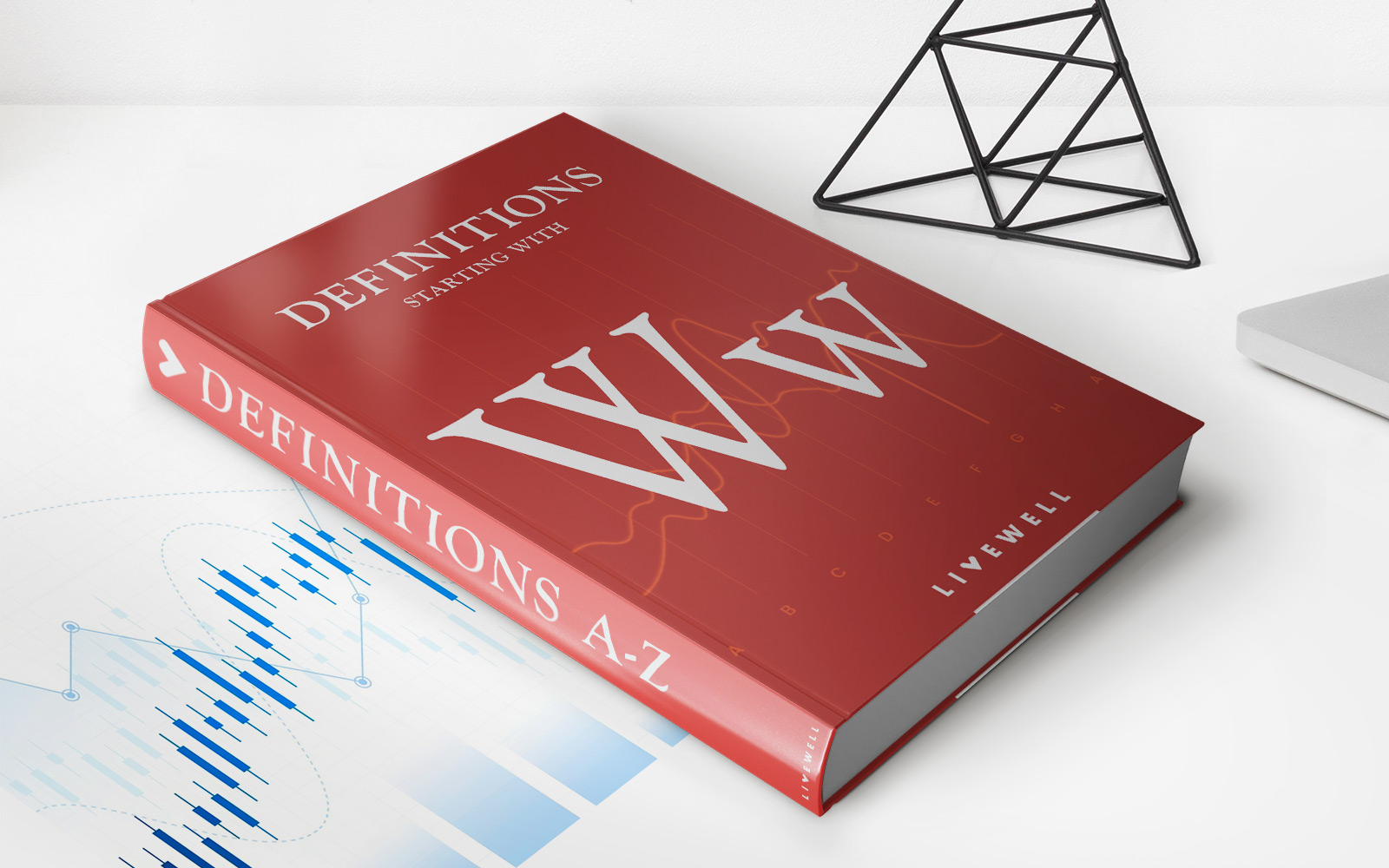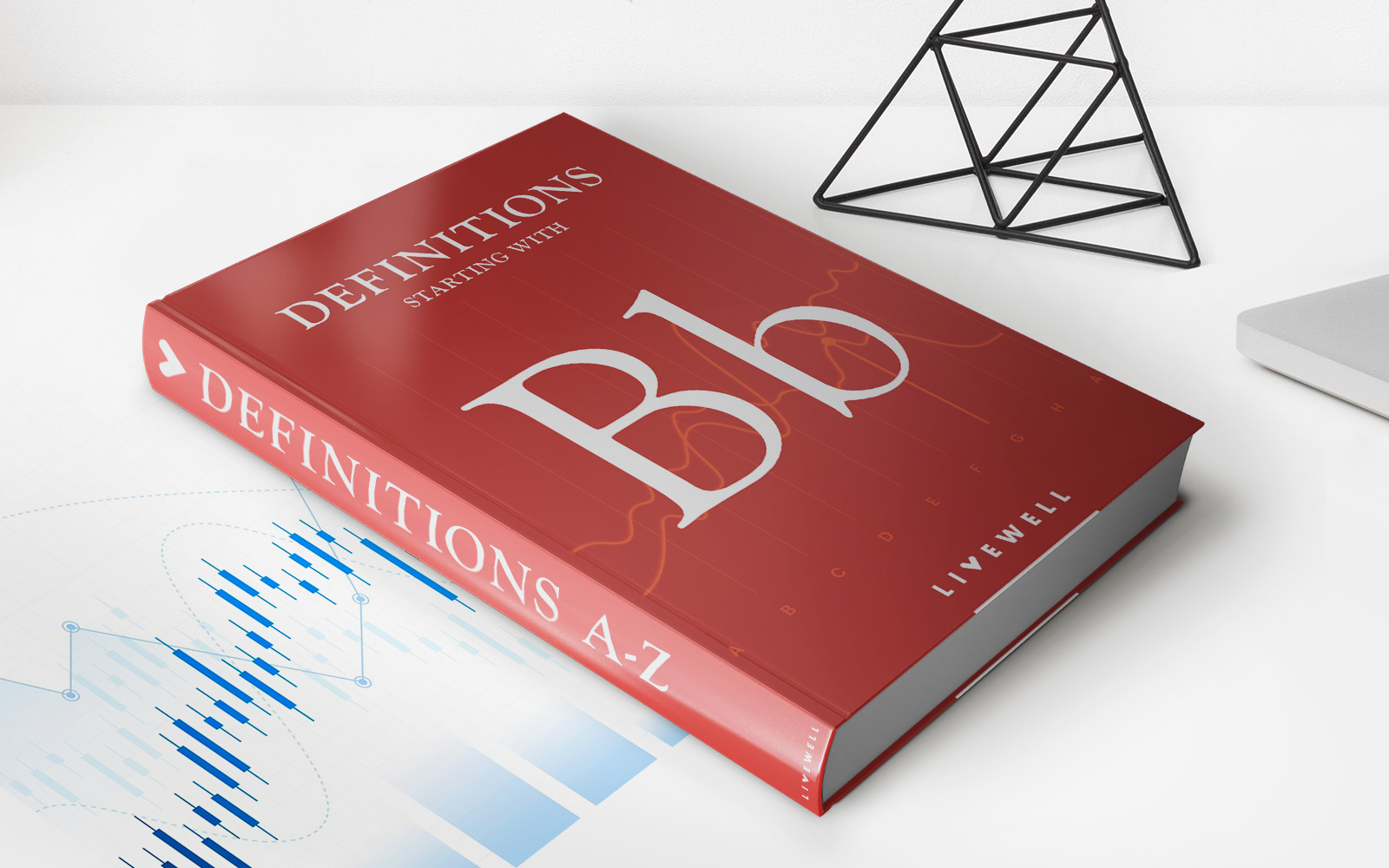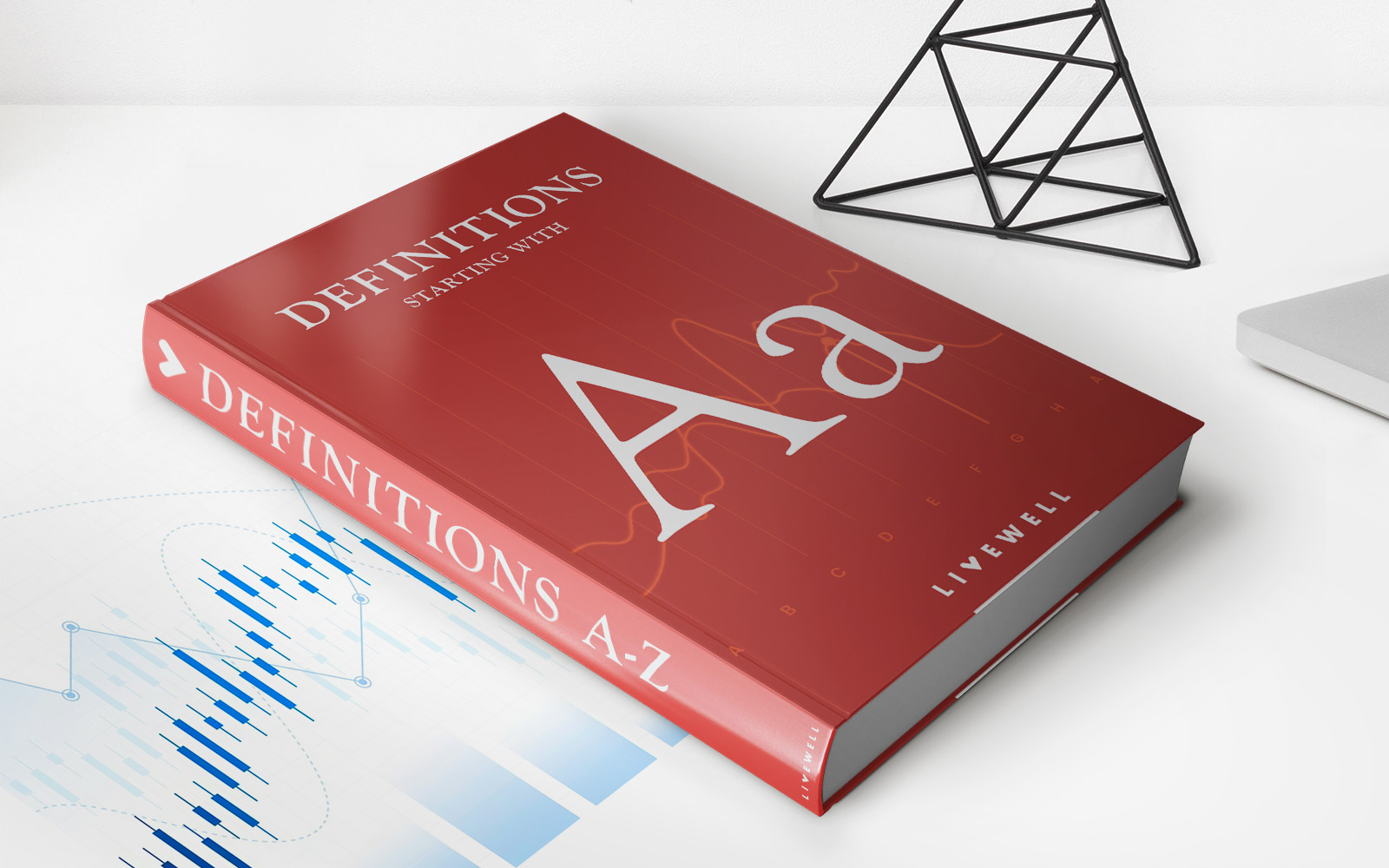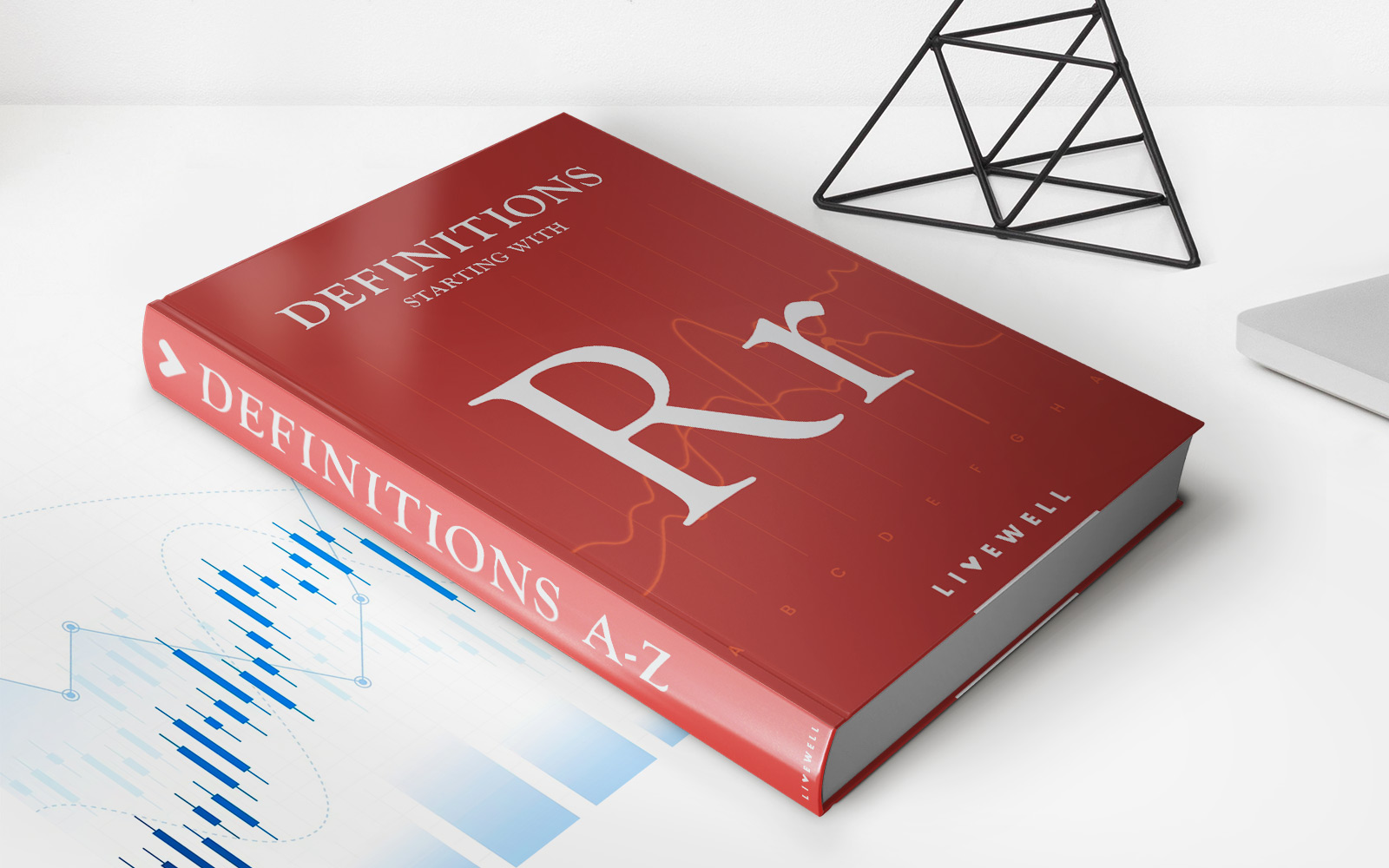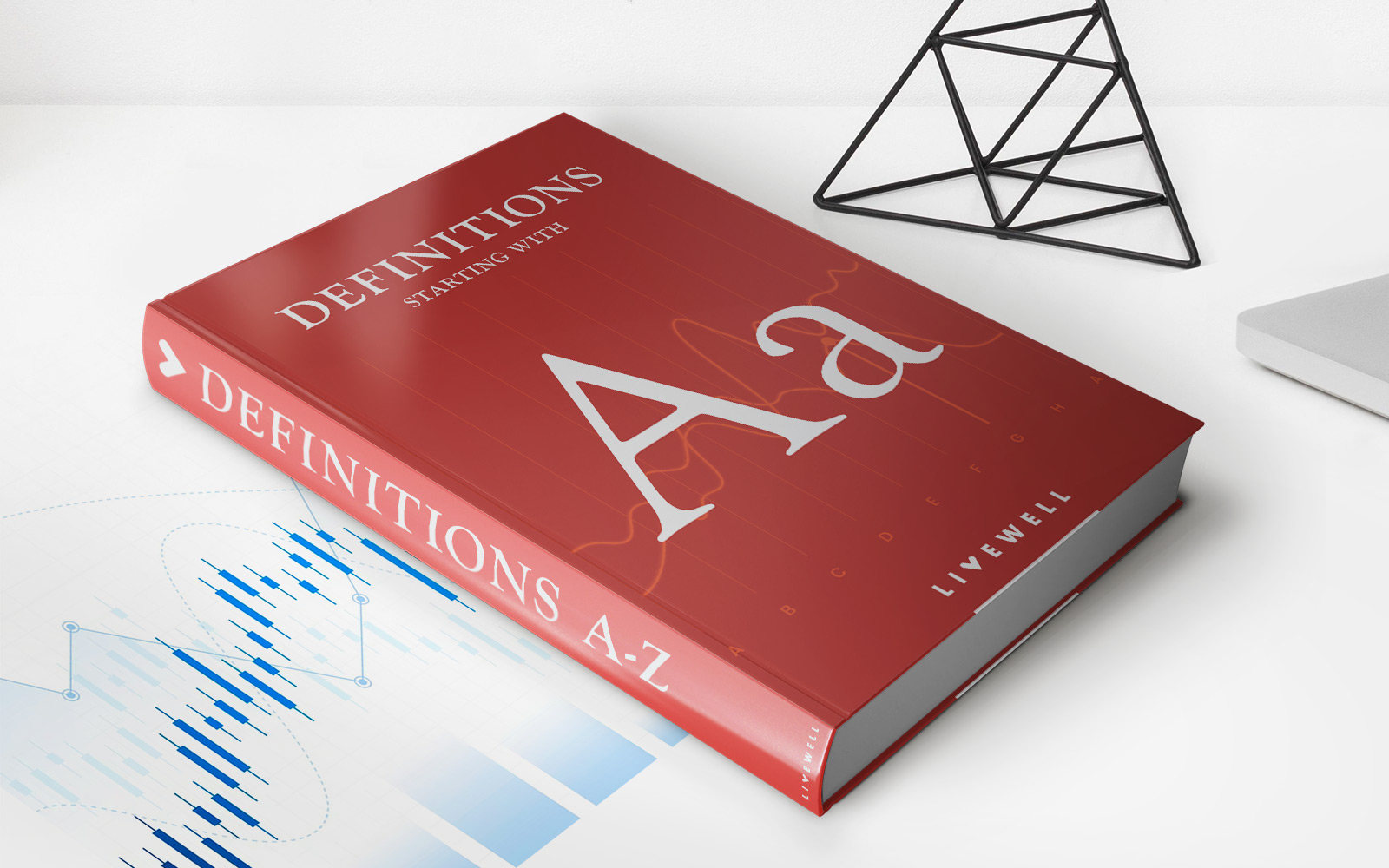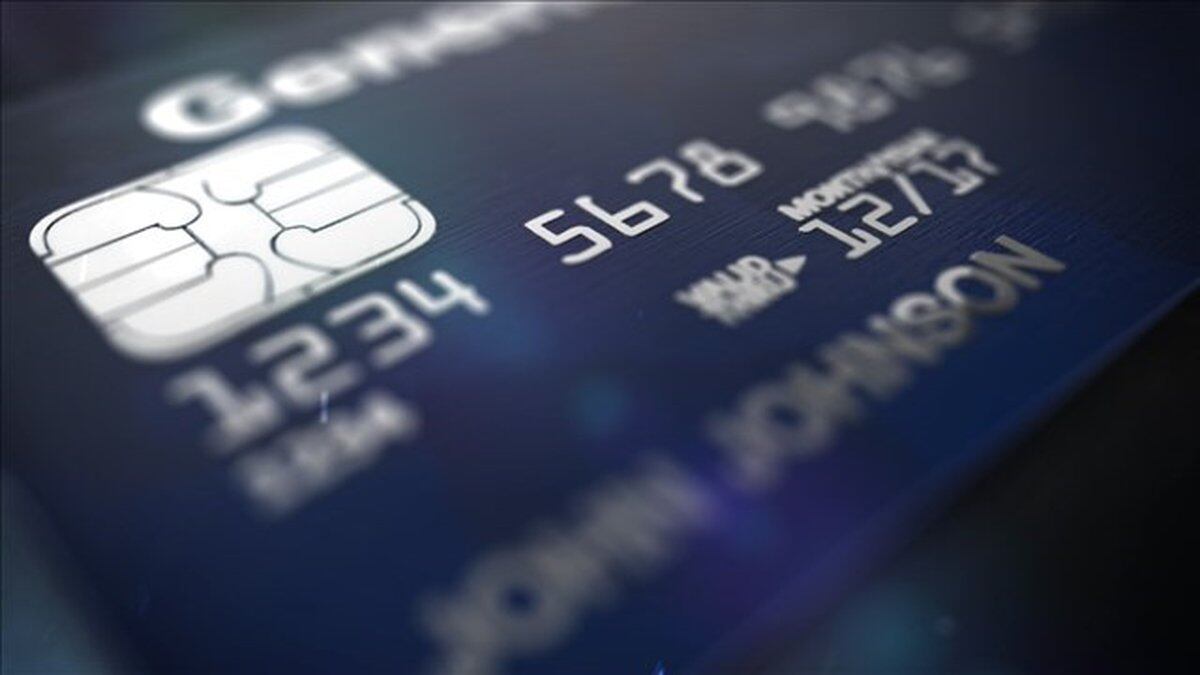Home>Finance>Demand Deposit Definition, Account Types, And Requirements


Finance
Demand Deposit Definition, Account Types, And Requirements
Published: November 10, 2023
Learn about demand deposits in finance, including different account types and requirements. Gain insight into managing your finances effectively.
(Many of the links in this article redirect to a specific reviewed product. Your purchase of these products through affiliate links helps to generate commission for LiveWell, at no extra cost. Learn more)
Demystifying Demand Deposits: Types, Definition, and Requirements
Welcome to the thrilling world of finance! In this blog post, we’ll be taking a deep dive into demand deposits – what they are, the different types available, and the requirements for opening one. So, whether you’re a seasoned investor or just starting to dip your toes into the world of personal finance, this article will provide you with valuable insights to help you make informed decisions.
Key Takeaways:
- Demand deposits are a type of account that allows you to access your funds on demand (hence the name!) – no prior notice required.
- They typically offer greater flexibility and convenience compared to other account types, making them a popular choice for day-to-day transactions.
What are Demand Deposits?
At its core, a demand deposit is a type of account offered by financial institutions that allows individuals or businesses to deposit and withdraw funds as they please. This means that you have the freedom to access your money whenever you need it without any prior notification or waiting period.
Now that we’ve covered the basic definition, let’s delve into the different types of demand deposit accounts you can consider:
1. Checking Accounts:
A checking account is one of the most common types of demand deposit accounts. It offers a convenient way to manage your day-to-day finances and pay bills. Here are a few key features of a checking account:
- Usually, there are no restrictions on the number of transactions you can make, allowing you to freely deposit and withdraw funds whenever you need them.
- Many checking accounts come with debit cards, offering you a convenient way to make purchases or withdraw cash from ATMs.
- Some banks may require a minimum balance or charge monthly fees, so it’s essential to research and compare different options before opening an account.
2. Negotiable Order of Withdrawal (NOW) Accounts:
A NOW account is another popular form of demand deposit account that typically pays interest on the funds deposited. They offer more benefits compared to standard checking accounts, including:
- The ability to earn interest on your balance, providing you with some additional income.
- Similar to checking accounts, NOW accounts have no restrictions on accessing your funds, providing the same convenience and flexibility.
- It’s important to note that NOW accounts usually require a higher minimum balance to qualify for interest payments.
Requirements for Opening a Demand Deposit Account:
Now that you’re familiar with the types of accounts available, let’s discuss the general requirements for opening a demand deposit account:
- Identification: To open an account, you’ll typically need to provide valid identification, such as a driver’s license or passport.
- Proof of Address: Financial institutions often require proof of address, typically through utility bills or bank statements.
- Opening Deposit: Depending on the bank and the account type, you may need to make an initial deposit to activate the account.
- Age Restriction: Some banks have age restrictions for opening demand deposit accounts. Minors may need a co-signer or opt for a joint account.
It’s crucial to remember that specific requirements may vary among financial institutions, so it’s always a good idea to contact the bank directly or visit their website for detailed information.
Understanding demand deposits and the various account types can help you better manage your finances and make informed decisions. So, whether you’re considering a checking account for your everyday expenses or a NOW account for added savings, make sure to weigh your options and choose the best fit for your financial goals!
Do you have any insights or experiences with demand deposits that you’d like to share? Let us know in the comments below!
